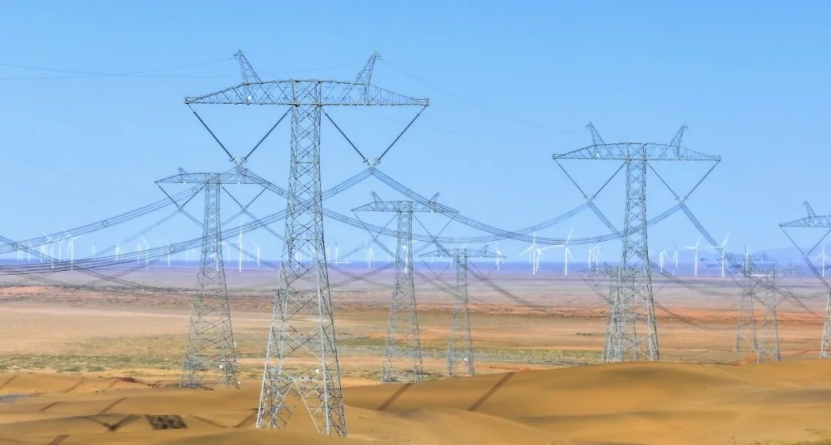China's ultra-high voltage explosion ushered in a major breakthrough!
China's UHV field has ushered in a major breakthrough! The Hami-Chongqing ±800 kV UHV DC transmission project was officially put into operation recently, opening up a new channel for the transmission of new energy from Xinjiang to Chongqing, effectively alleviating the dilemma of new energy consumption; the project has a transmission capacity of 8 million kilowatts and can output 36 billion kilowatt-hours of clean electricity each year, but among its supporting 14.2 million kilowatts of power, new energy accounts for more than 70%, highlighting the problem of insufficient regulation. As of April 2025, China's wind power and photovoltaic installed capacity will reach 1.53 billion kilowatts, far exceeding thermal power, but the power abandonment rate will rise to more than 6%, mainly due to the lack of energy storage systems, which has led to a decline in the consumption rate. For example, the utilization rate of energy storage systems in 2023 was only 17%. To resolve this problem, energy storage systems have become a key link, especially the need to improve efficiency through lithium-ion battery technology-new energy projects are turning to intelligent energy storage systems, relying on the large-scale supply of energy storage battery wholesalers to strengthen peak capacity. Industry analysts believe that energy storage systems can not only optimize cross-regional dispatching, but also need to be integrated into UHV projects. For example, the Hami-Chongqing project needs to be equipped with efficient energy storage systems to reduce losses. Current policies force the absorption rate to exceed 90% from 2025 to 2027, driving the growth of energy storage system investment to 826 billion yuan in total grid investment. In the long run, energy storage systems will serve as basic technologies, combined with lithium-ion battery innovations, to boost demand for energy storage battery wholesalers, and plans to expand multiple energy storage systems in various provinces to achieve an absorption target of more than 90%. In the future, energy storage systems will also need to be deployed in distribution network upgrades, and models such as virtual power plants will be encouraged. In short, energy storage systems will support high-prosperity cycles, and the application of energy storage systems that solve the pain points of power abandonment is expected to exceed ten times, driving a win-win situation for the lithium-ion battery and energy storage battery wholesaler industry chain.
 +86 13332949210
+86 13332949210 info@xihobattery.com
info@xihobattery.com







 Xiho
Xiho Jun 19 2025
Jun 19 2025











